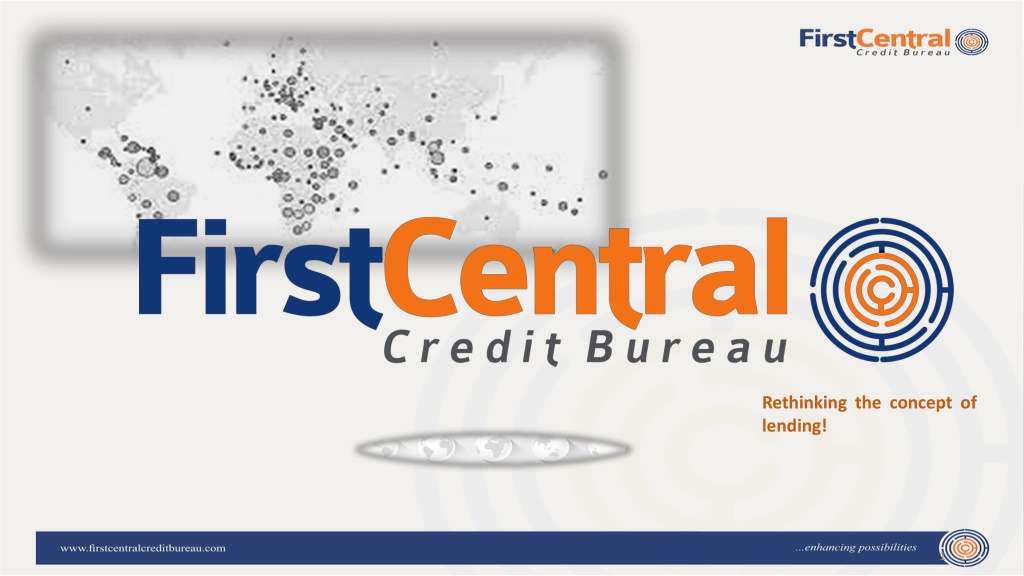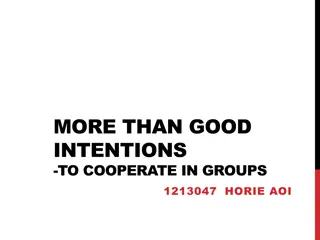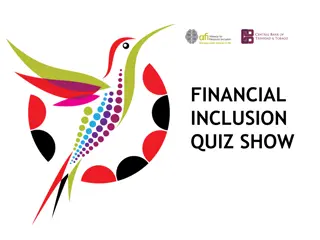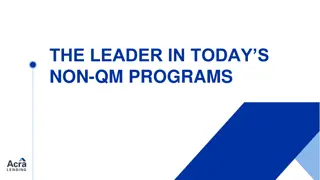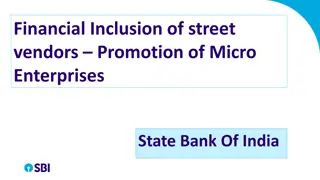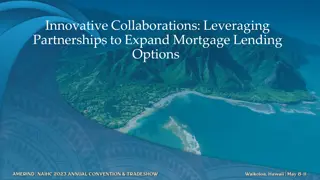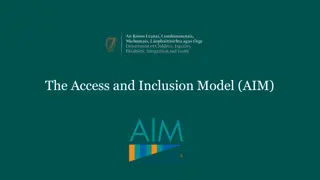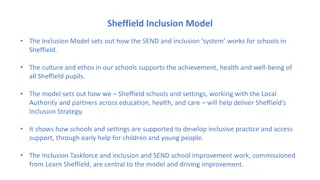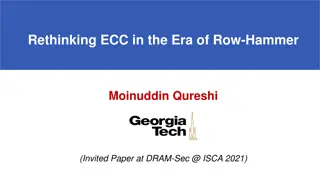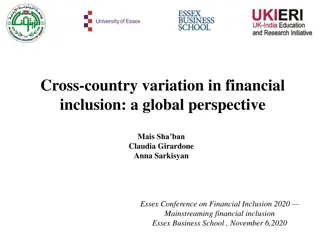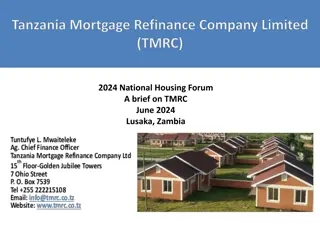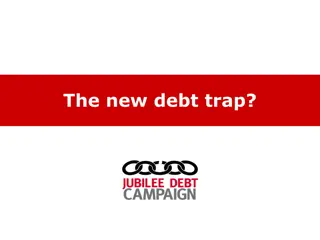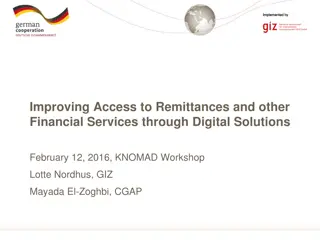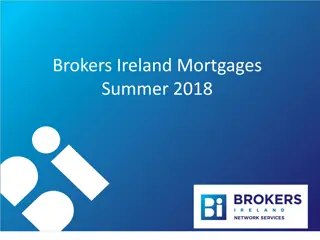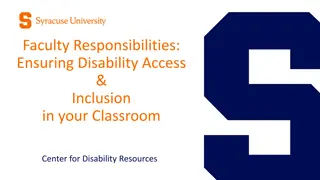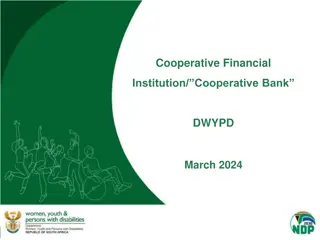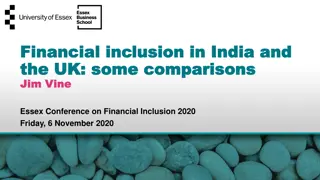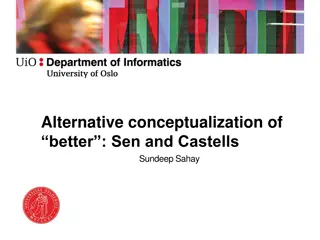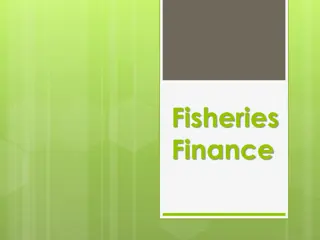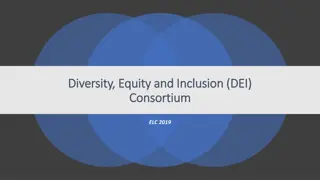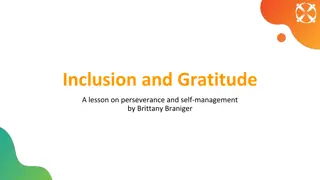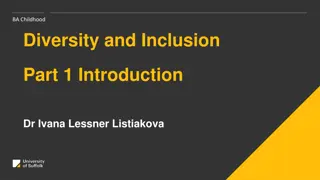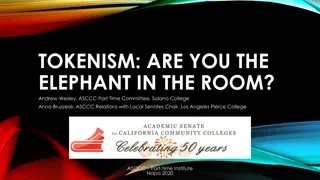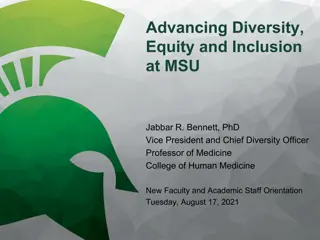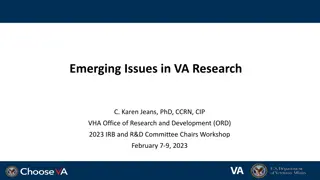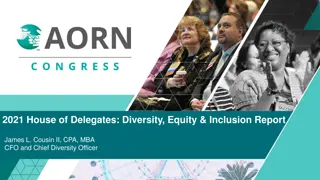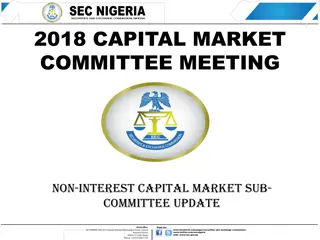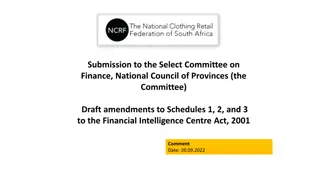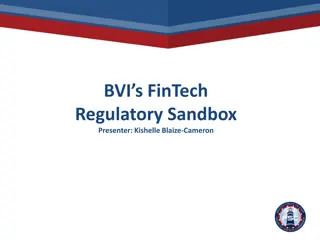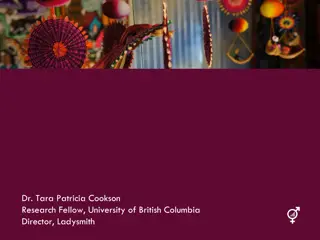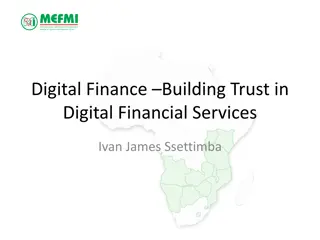Rethinking the Concept of Lending and Financial Inclusion
Explore the dynamics of lending, challenges in access to finance in Nigeria and Africa, reasons for financial constraints, and strategies for progress. Discussions cover sources of funds, interest rate determinants, financial literacy gaps, and potential solutions through industry-wide data sharing and responsible lending practices.
Download Presentation

Please find below an Image/Link to download the presentation.
The content on the website is provided AS IS for your information and personal use only. It may not be sold, licensed, or shared on other websites without obtaining consent from the author. Download presentation by click this link. If you encounter any issues during the download, it is possible that the publisher has removed the file from their server.
E N D
Presentation Transcript
https://encrypted-tbn0.gstatic.com/images?q=tbn:ANd9GcT-s3qs3xKs2g2aLhxUCAJM8E4wCOzxzMnEVz76HUbiF3LGKOTGhttps://encrypted-tbn0.gstatic.com/images?q=tbn:ANd9GcT-s3qs3xKs2g2aLhxUCAJM8E4wCOzxzMnEVz76HUbiF3LGKOTG Rethinking the concept of lending! 1
Re-thinking The Concept of Lending Speaker Intro George Badejo-Adegbenga ___________________________________________________________________________________________ So how does lending and borrowing work? The obvious a money lender or company has money and willing to lend it out in consideration for interest over an agreed period. The not so obvious how does the lender get the funds and how is interest rates determined? Source of funds: Investors funds Debt Savings from customers What determines interest rates: 1. Risk associated with borrowers 2. Associated cost of lending
So why is access to finance still a challenge in Nigeria and across Africa? Proximity to banking services although improved over the last three years, there is still a huge gap to bridge - especially in the remote areas. Poor financial literacy resulting in high rate of default e.g. 53% of Nigerian adults do not know, or only have a rough idea of, what they spent in the past week. Not enough legitimate players to serve the growing market. Relatively high interest rates products caused by the high rate of default. Limited data on prospective consumers and their propensity to repay. Difficulties verifying consumers current residential address.
How we got here? Poor financial literacy High rate of poverty Unknown consequences The fraud menace The increasing cost of living Entitled borrowers What does good look like? An industrywide data sharing culture across all credit bureaus. National adoption of Open Banking Technology An effective mechanism that compels borrowers to repay their loan (e.g. Direct Debit, GSI, The legal system). More technology driven challengers of the status quo.
How do we move from here to where we want to be? the creation of agents banks. State money lenders should be transitioned under CBN regime. Education, Education, Education! We need more lenders acting responsibly in terms of data sharing and ultimately whom they lend to. Credit Bureau should also consider what is of great value to them (maximum or minimum participation). CBN need to carry on with its goal of licencing more microfinance banks, mobile banks, finance houses and
